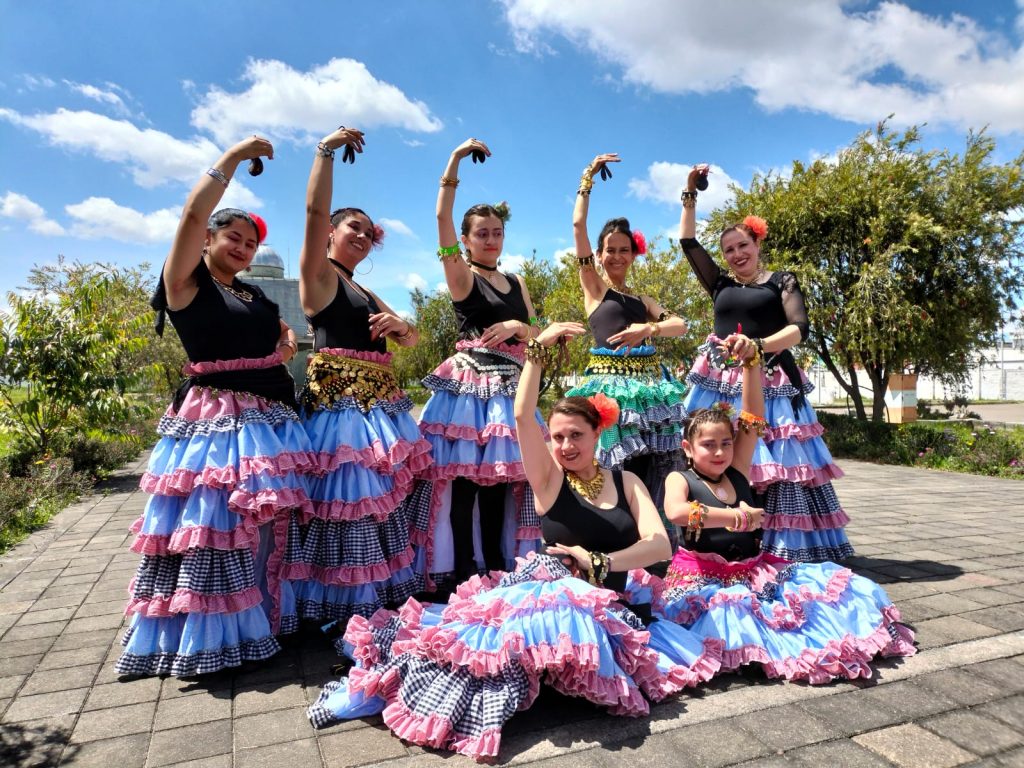María del Carmen Contreras Flórez, a graduate of the bachelor’s degree in Mathematics and the specialization in Mathematics Education at the Universidad Pedagógica Nacional, has devoted over 15 years to teaching mathematics to the new generations.
She was inclined to pursue teaching from her early years, as her mother, María Regina Flores de Contreras, also a UPN graduate from the former bachelor’s degree in Pedagogy and Education Sciences, instilled in her a love and respect for this profession, nurturing in her a vocation for sowing the seeds of knowledge.
In addition to her extensive knowledge of geometry and her exploration of solving mathematical dilemmas, she is passionate about artistic expressions, such as music, painting, and especially dance.
For this reason, she decided to find an academy that welcomes not only girls and young people, as is customary but also adult women engaged in various activities. From there, her current research was born, in which she continuously analyzes and applies the relationship between mathematics and dance.
“For instance, when we talk about rhythm, body movement, steps, mathematics is there. Also, if we refer to melody, the faster or slower pace of it, or if we make decisions about the space where the dancers will be distributed for dancing, there, of course, the connection between mathematics and dance reappears,” explained María del Carmen.
In this process, she has conducted interviews with the members of the academy, explored various types of literature, and delved into biometrics, which refers to taking standardized measurements of living beings or biological processes. This plays a fundamental role in understanding the historical relationships between numbers and dance.
Ballet, indian dances, flamenco, cumbia, bullerengue, among other rhythms, have been part of María del Carmen’s journey, which led her to understand that there are standards related to body measurements that, while they have some impact when dancing, are not determining factors. They should not be an excuse to deny a significant portion of the population the opportunity to develop their skills in this art. “It used to be said that a ballet dancer’s body had to be nearly perfect, with specific and standardized measurements. Fortunately, that has become more flexible. I advocate for that because dance is for everyone,” added the teacher.
From her perspective, the body can be educated and trained with the necessary willpower. Therefore, the message she wants to convey is that anyone can enjoy dance without requiring extraordinary or special physical conditions.
Her goal is to awaken various potentials in her students, not only on a mathematical level, as she aims to develop competencies that can be useful in their lives. “I have always believed that mathematics is fundamental, even though people think it has little applicability in the everyday life of an ordinary person. Everyday problems can be solved based on what one has learned to think and analyze using logical-mathematical reasoning,” she added.
María del Carmen, who fondly remembers her student days at UPN, is committed to training a new generation that, through dance and mathematics, learns to face the challenges that may arise every day.
